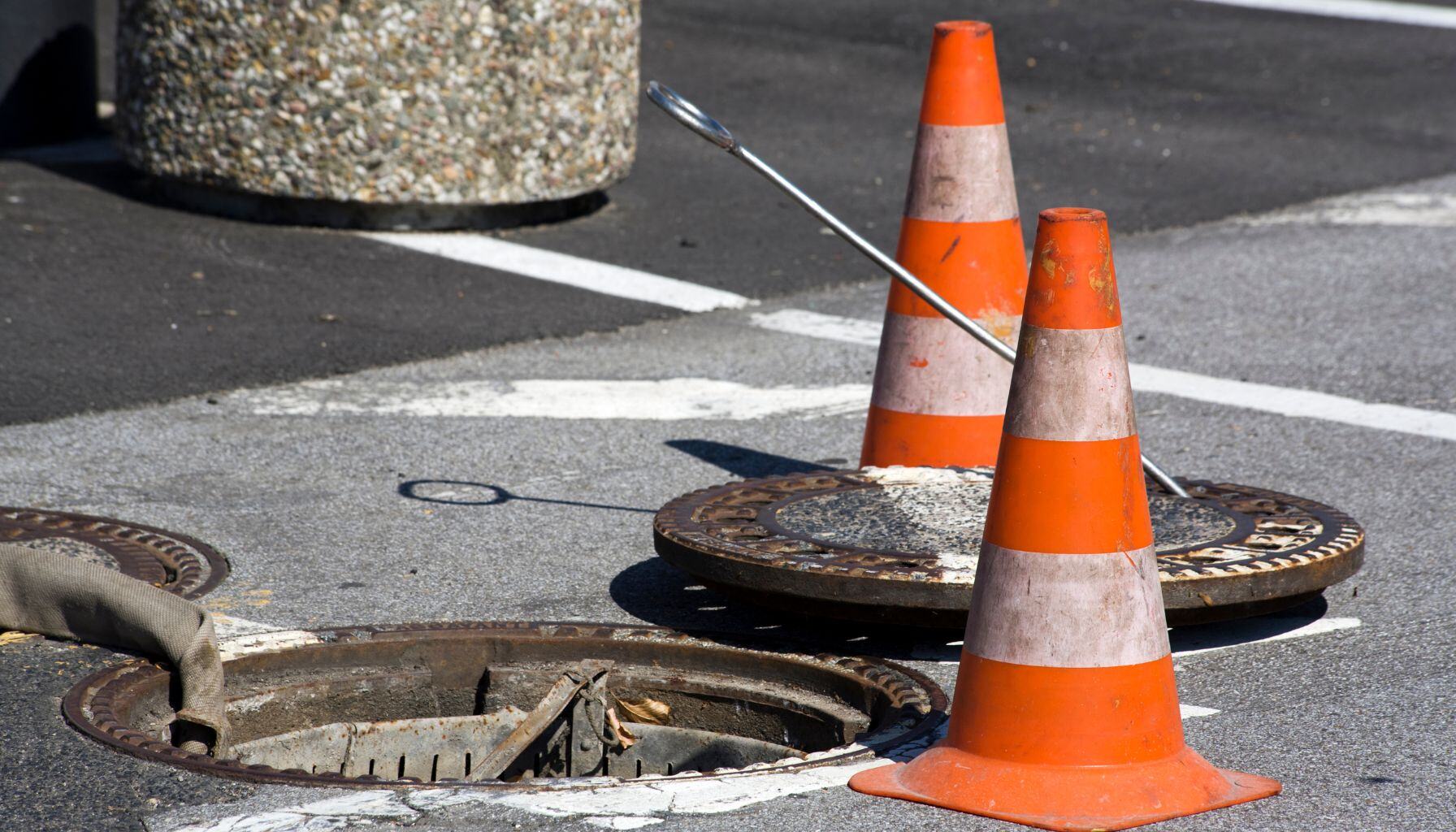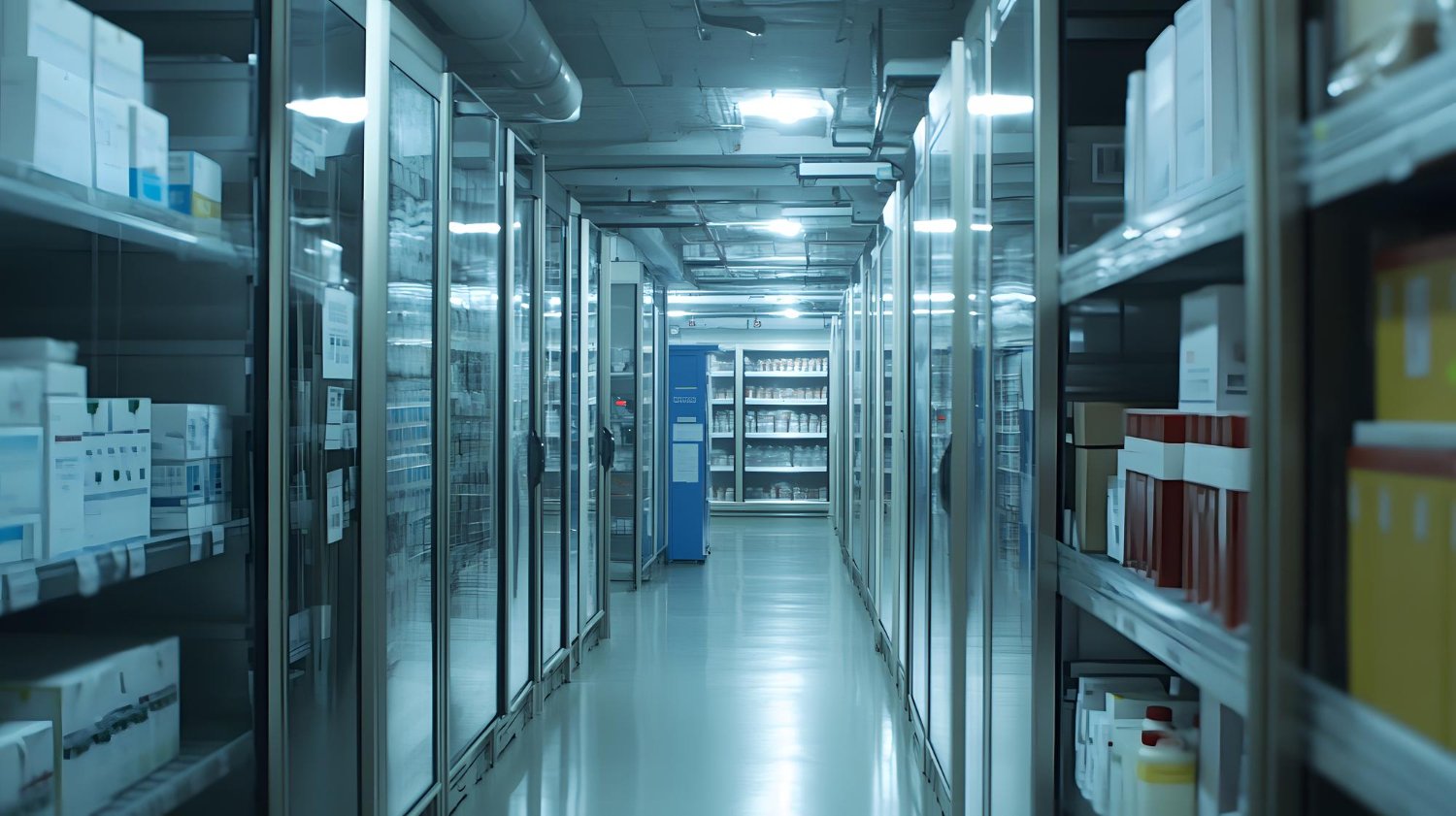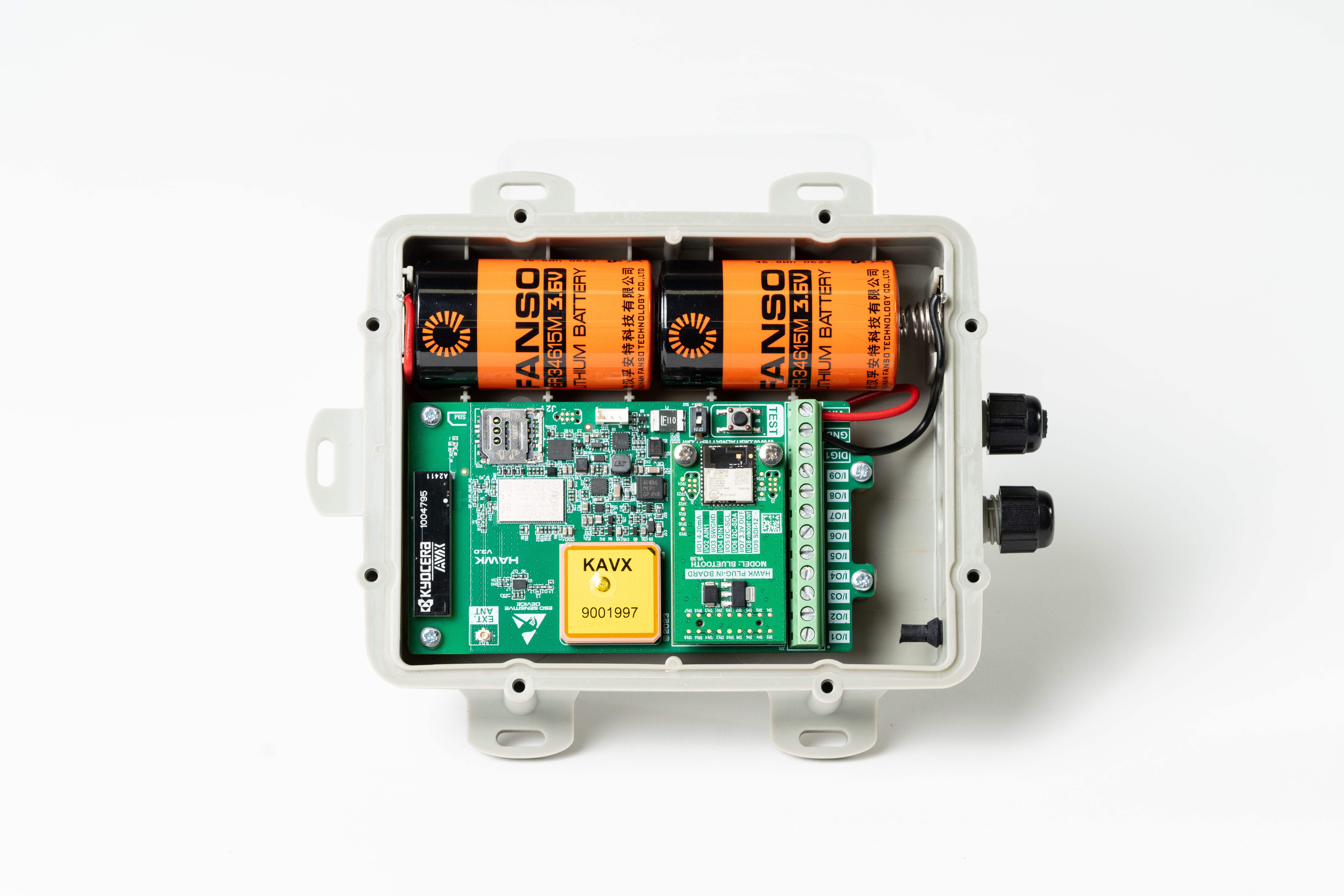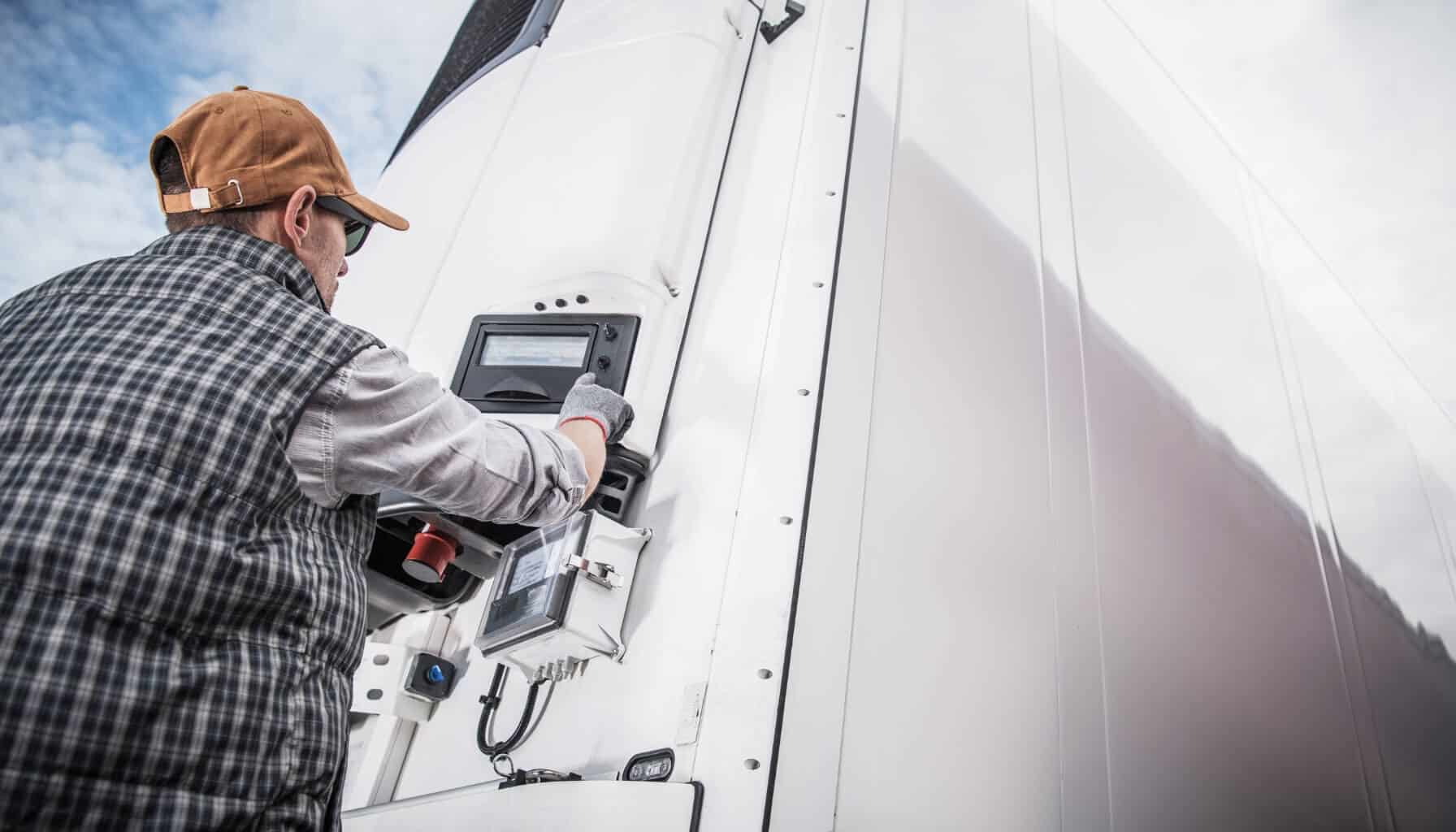Sewer Level Sensor Monitoring

Our mission is to help businesses connect, protect, and derive more value from their assets. As a leading global innovator, developer, and supplier of IoT solutions, we drive continuous innovation to enable our partners to deploy confidently at scale worldwide.

Sewer level monitoring maintains the efficiency and safety of urban infrastructure. Effective monitoring works to prevent overflows, manage wastewater treatment, and ensure public wellbeing. Sewer sensors collect data on sewer levels, flow rates and potential blockages, providing essential data for effective sewer management. Data loggers are used in this process to interpret and analyze the data, enabling near real-time monitoring and informed decision-making.
How Does Sewer Level Monitoring Work?
Sewer level management involves placing sensors in strategic areas inside the sewer system to collect data on water levels, flow rates, and potential blockages. Sewer sensors can communicate this information to the data logger, which will then store and send the data to a designated cloud program, enabling remote analysis and near real-time monitoring. This process ensures that sewer systems operate to optimal capacity, whilst being efficient and safe, preventing overflows and minimizing environmental impact.
Importance of Remote Sewer Level Monitoring
Accurate and reliable data collected by sewer sensors helps to maintain the health and performance of sewer systems. This data supports preventative maintenance, helping teams address potential issues before they become costly problems. It also enables the quick identification of leaks and blockages, reducing downtime and minimizing environmental risks.
The following industries rely on sewer level management for a range of applications:
-
Construction: Utilize data to plan and manage construction projects, ensuring minimal disruptions are made to sewer systems.
-
Water Utilities: Accurate data helps for efficient wastewater management and infrastructure maintenance.
-
Environmental Agencies: Monitor sewer levels to protect water quality and prevent pollution.
-
Municipalities: Utilize remote sewer level monitoring to prevent overflows and effectively manage wastewater treatment.
Effective Data Loggers for Data Driven Decisions
Sewer level data loggers are an integral part of sewer monitoring systems, recording and storing data from the sewer sensors placed within the sewer systems. The Hawk is a rugged, versatile IoT data logger designed to withstand the real-world challenges of wireless sewer level monitoring.
Its main features include:
-
Designed for Longevity: The Hawk is built to withstand hazardous environments commonly found in sewer systems. Its rugged construction ensures durability, making it capable of operating reliably in wet, corrosive, and debris-filled conditions - ideal for environments where confined space entry is limited. Designed for accurate remote monitoring, it supports proactive maintenance by providing accurate, long-term data collection that helps identify issues before they become costly problems, reducing maintenance costs and ensuring continuous operation.
-
Customizable I/O Options: The Hawk offers customizable input/output options, allowing it to interface with various sensors and devices. This flexibility enables it to be adaptable to various monitoring setups and requirements. Whether you need to connect to pressure sensors, ultrasonic level sensors, or other devices, the Hawk can be configured to meet your specific sensor monitoring needs.
-
Near Real-Time Monitoring: With its ability to provide near real-time monitoring and reliable connectivity, The Hawk delivers timely data for prompt decision-making and enables quick responses to changes in water levels, preventing overflows and mitigating flooding risks. Near-real-time data enables operators to detect anomalies early and respond swiftly.
Compatible Sewer Level Management Sensors
The Hawk works with a wide variety of sensors and existing systems, enabling comprehensive data collection in sewer level management.
Some of the potential sensors include:
-
Water Level Sensors: The Solinst Levelogger measures water levels in sewers using a 4-20mA interface.
-
Flow Rate Sensors: The Greyline Instruments PDFM 5.1 monitors flow rates in open channels and pipes using a Modbus interface.
-
Rainfall Sensors: The Onset RG3-M tracks precipitation levels to predict stormwater runoff using an analog interface.
-
Water Quality Sensors: The YSI EXO2 measures parameters like pH, conductivity, and dissolved oxygen in water using a digital interface.
-
Temperature Sensors: The Campbell Scientific CS215 monitors water and air temperatures using an RS-485 interface.
Explore the full list of compatible sensors.

Wastewater Level Monitoring Summary
Effective sewer level management is at the heart of a healthy collection system, as it enhances public safety, prevents infrastructure issues, and protects the environment.
With continuous monitoring using a robust data logger like the Hawk, you get reliable, near real-time insights and seamless integration with a range of sensors.
Want to see how The Hawk can support your sewer level management strategy? Get in touch.


.png)




